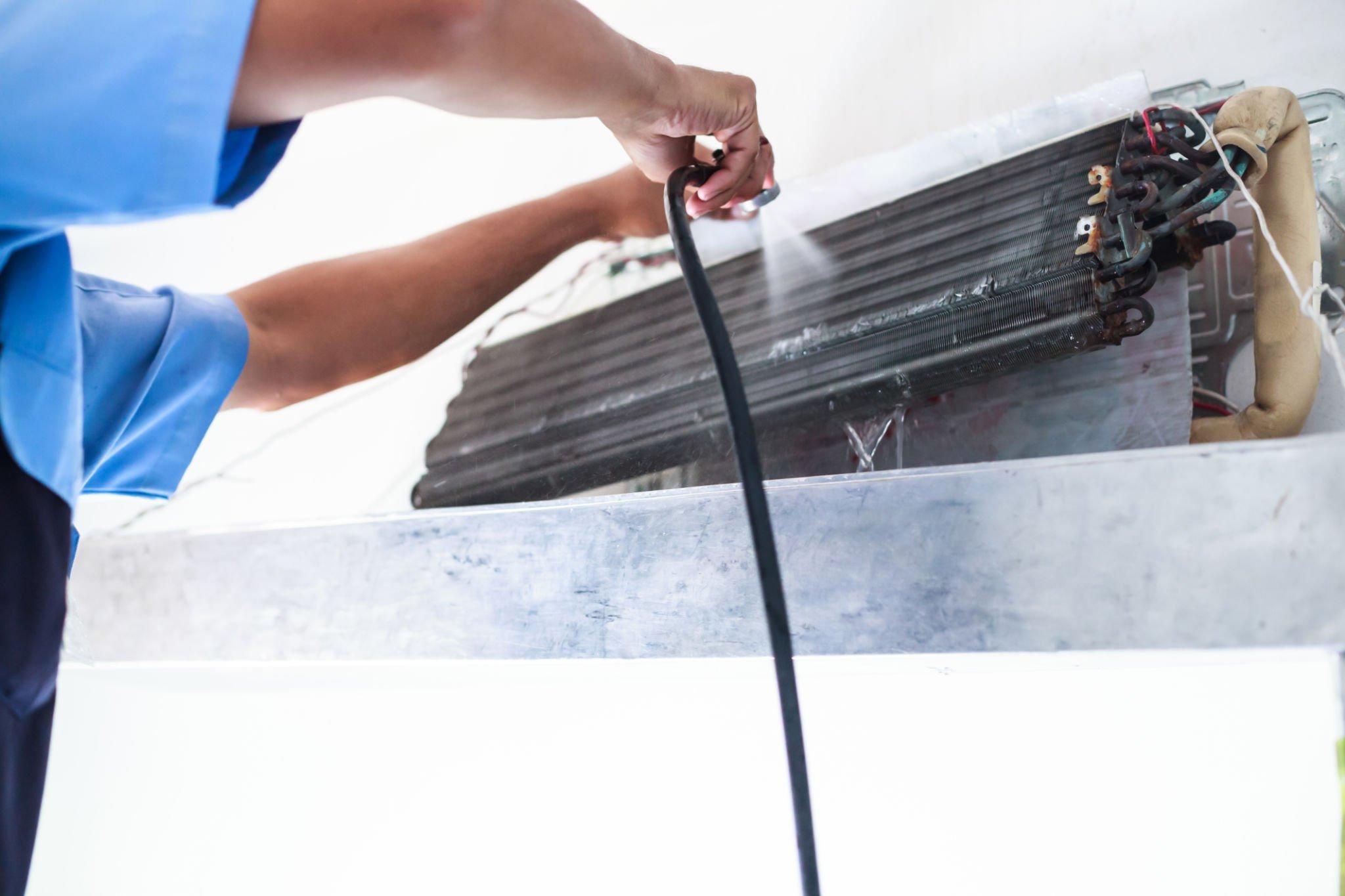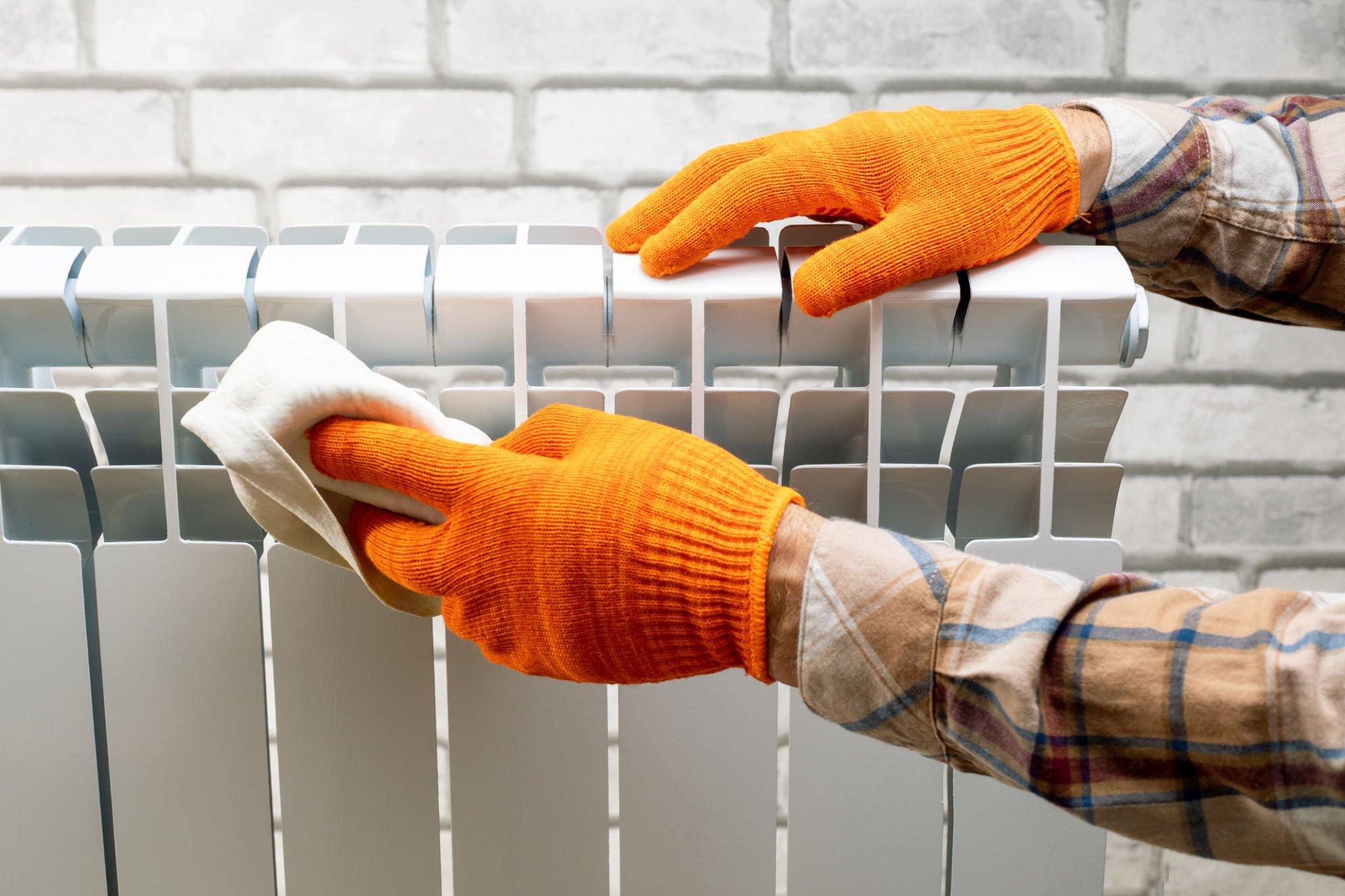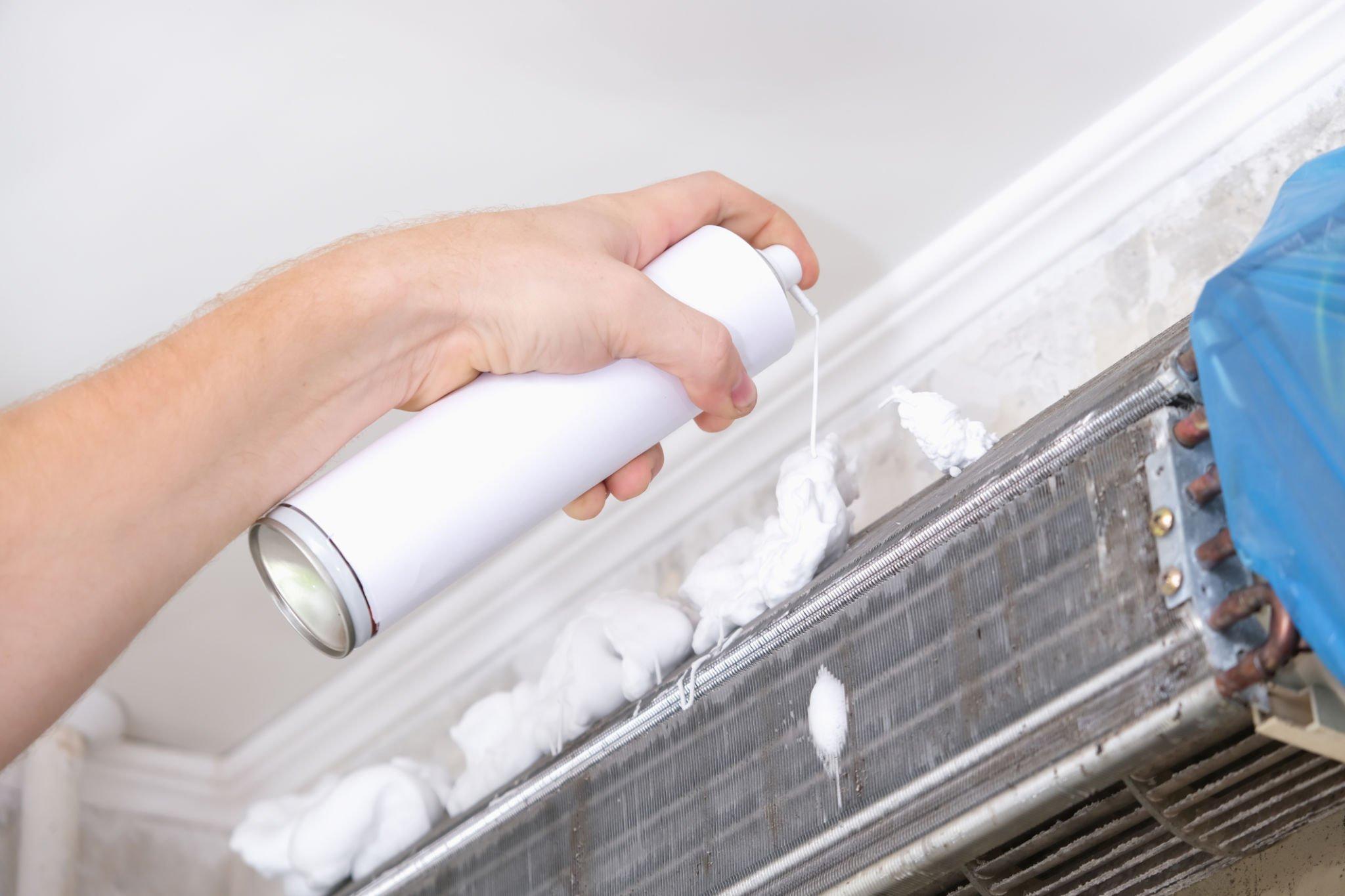Green Cleaning for Allergen Reduction: A Guide to Cleaner Indoor Air
In an age where indoor air quality is a growing concern, adopting eco-friendly housekeeping has emerged as a pivotal solution for reducing allergens and promoting a healthier living environment.
The air we breathe within our homes can harbour unseen irritants that trigger allergies and respiratory issues. Green solutions, with the emphasis on natural, non-toxic ingredients, present an effective pathway to pure indoor air.

In this guide, we’ll look into the world of environmentally friendly housekeeping that helps reduce allergens, uncovering strategies to combat common allergy triggers
through green methods and products. Breathe easier as we explore how to create a haven of fresh, allergen-reduced air within your home.
How do I green clean my house for allergens?
Eco-friendly methods provide effective solutions for a healthier, allergen-free living environment. Here’s a what you can apply at your home:
Choose eco-friendly products
opt for products labelled as “green,” “natural,” or “eco-friendly.” They are formulated with plant-based ingredients that are less likely to trigger allergies or release harmful fumes. Look for products that have been certified by reputable organizations such as Eco Logo or Green Seal for added assurance.
Create your own all-natural solutions
Homemade solutions can be just as effective as store-bought ones. Mix ingredients like white vinegar, baking soda, lemon juice, and essential oils to create powerful cleaners for different surfaces.
These ingredients not only disinfect effectively but also help neutralize doors and discourage allergens like dust mites.
Focus on dusting and vacuuming
Regular dusting and vacuuming play a crucial role in allergen reduction. Use a damp microfiber cloth to capture dust and prevent it from becoming airborne.
When vacuuming, use a vacuum cleaner equipped with a HEPA filter to trap fine particles, allergens, and even pet dander.
Read also: Modern vs. Traditional Kitchen Cabinet Designs
Wash bedding and upholstery
Bedding and upholstery can harbour allergens like dust mites and pollen. Wash your sheets, pillowcases, and blankets regularly in hot water. Use allergen-proof covers for pillows and mattresses to prevent dust mites from accumulating.

Control humidity
Maintain indoor humidity levels between 30% and 50% to discourage meld growth and dust mites. Use a dehumidifier in damp areas like basements and bathrooms and fix any leaks promptly to prevent moisture build-up.
Use natural air fresheners
Conventional air fresheners can release volatile organic compounds (VOCs) that worsen indoor air quality. Instead, opt for natural alternatives like simmering citrus peels, using essential oil diffusers, or placing bowls of baking soda in various rooms to absorb doors.
Steam cleaning
Steam cleaning is an effective method for sanitizing surfaces and eliminating allergens without the use of chemicals. Steam can kill dust mites, bacteria, and meld, making it an ideal solution for mattresses, upholstery, and carpets.
Focus on pet care
If you have pets, their dander can significantly contribute to indoor allergens. Bathe and groom your pets regularly, and vacuum pet areas frequently. Wash pet bedding and toys to reduce allergen exposure.
Ventilation matters
Open windows regularly to let in fresh air and improve ventilation. This helps reduce indoor air pollutants and prevents the build-up of allergens.
Be mindful of fragrances
Avoid using scented candles, air fresheners, and laundry products with strong fragrances. These can contain allergens and irritants that affect indoor air quality. Choose fragrance-free or naturally scented options instead.

Regularly maintain HVAC filters
Clean or replace your heating, ventilation, and air conditioning (HVAC) filters according to the manufacturer’s recommendations. A clean filter ensures that your HVAC system effectively traps allergens and maintains good indoor air quality.
Natural pest control
Use natural methods to control pests instead of chemical pesticides. Seal cracks and crevices to prevent entry, and use traps and natural deterrents like vinegar and essential oils.


